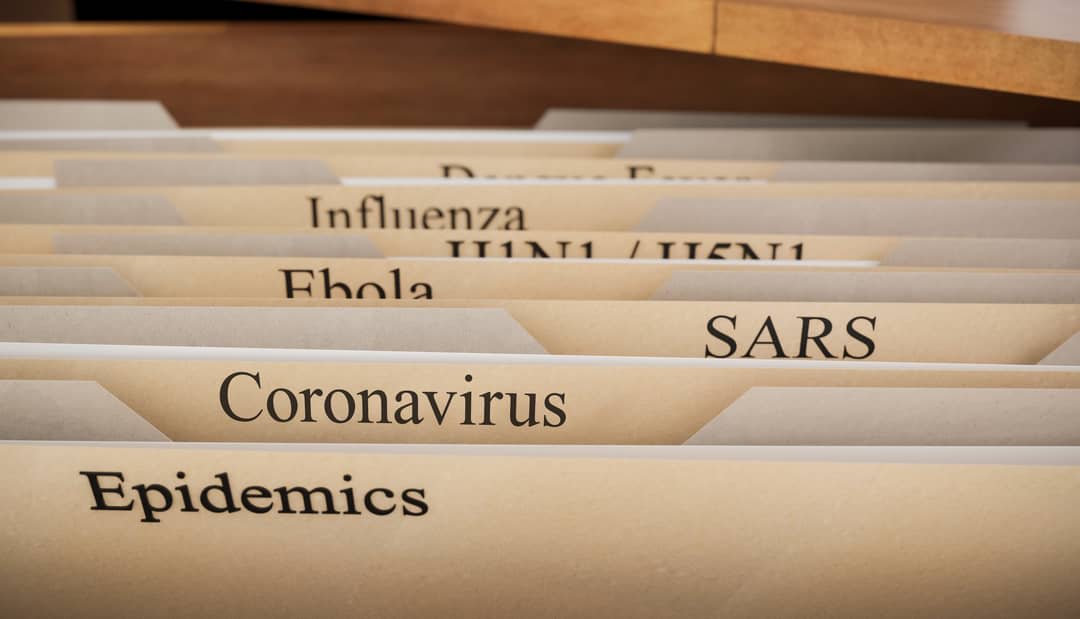We're in the midst of the most extensive two-shot vaccination campaign we've ever known, in a race against the COVID-19 pandemic sweeping the world.
-
Vinod Balasubramaniam
Senior Lecturer, Microbiology, Jeffrey Cheah School of Medicine and Health Sciences, Monash University Malaysia
But as the virus mutates into different strains, and supplies of particular vaccines run short in some regions, mixing different vaccine types is being encouraged in some countries, and could have significant advantages, despite the World Health Organisation warning against the practice.
Here is what WHO Chief Scientist @doctorsoumya said about mixing and matching #COVID19 vaccine doses at the media briefing on 12 July 2021 ⬇️ pic.twitter.com/6a9Ei93XPv
- World Health Organization (WHO) (@WHO) 14 July 14, 2021
Traditionally, we need two doses of the same vaccine to induce the optimum amount of antibodies and protection against a particular disease.
The first dose is known as priming, an introduction of a foreign antigen to our immune system. The second dose, known as a booster, is administered after an interval to create an immunologic memory against that particular antigen.
The vaccine mix-and-match came into play and gained traction with recently-released data showing high efficacy and protection against various strains of the SARS-CoV-2 virus.
Different vaccines present the same information differently, and may awaken other parts of the immune system or sharpen the immune response. This strategy could also make immunity last longer.
The Oxford Vaccine Group's Com-Cov (comparing COVID-19 Vaccine Schedule Combinations) vaccine trial uses different combinations of approved COVID-19 vaccines for the first and second immunisation shots. The study is led by Chief Investigator Associate Professor Matthew Snape, and is being delivered by a network of trial sites across the United Kingdom.
The Com-Cov study involves 850 volunteers aged 50 and above. The AstraZeneca and Pfizer vaccines were given four weeks apart, and induced higher antibodies and T-cell responses than Pfizer followed by AstraZeneca.
Both of these mixes induced higher antibodies than two doses of AstraZeneca, and gave better protection. The highest antibody response was seen after two doses of Pfizer, and the highest T-cell response was from AstraZeneca followed by Pfizer. Volunteers had relatively tolerable side effects.
The mRNA vaccines (Pfizer) are good at inducing antibody responses, and the vector-based vaccines (AstraZeneca) are better at triggering T-cell responses (adaptive immunity).
Another study led by German researchers showed that administering the first dose with AstraZeneca followed by Pfizer elicits higher anti-spike titres and more neutralising activity against the Alpha, Gamma, and Beta variants of the virus.
Has it been done before?
The Ebola vaccine developed by Johnson & Johnson is one example of a mixed-dose approach. The first shot uses the same adenovirus as the AstraZeneca coronavirus vaccine, and the second uses an MVA vector - a modified version of a poxvirus - a type that is also under investigation for future COVID-19 vaccines.

The benefits of mixing and matching
If the COVID-19 vaccine rollout applies the mix-and-match technique, it has the potential to significantly increase immunisation flexibility, allowing us to vaccinate more people in the face of global supply constraints.
Suppose one vaccine is less effective than another against a certain variant. In that case, mix-and-match schedules could ensure people who've already received one dose of a vaccine with lower effectiveness get a booster with a vaccine that's more effective against the variant.
Mixing the vaccines can also help prevent immunity against adenoviral-based vaccines. How?
In the case of the COVID-19 vaccines, Russia's Sputnik V, Johnson & Johnson, CanSino Biologics and AstraZeneca products use a modified adenovirus to express the coronavirus spike protein against which the immune system activates.
It is "replication-deficient", so it can't copy itself in the body once injected, but the immune system can develop a response against the adenovirus platform.
Sputnik V uses a different adenovirus in each shot to get around this possible risk. If a third dose is needed - which is possible if vaccines are updated to address variants - a viral vector vaccine would not be optimal. From this perspective, it makes sense to change platforms to mRNA or protein-based, such as Novavax.
Benefits of one-dose vaccines
CanSino and Johnson & Johnson (J&J) vaccines are easier to store and don't require people to return at a set time for the second jab ' something that's hard to guarantee, especially in developing countries.
The Johnson & Johnson coronavirus vaccine is effective against the highly contagious Delta variant, even eight months after vaccination, the company reported on Thursday - a finding that should reassure the 11 million Americans who have been given the shot.
It's unclear whether vaccines prevent transmission with new variants. Even though vaccination access and administrations have improved, new variants may still change the herd-immunity equation.
Human behaviour is susceptible to change. There'll be an increase in human interaction as more people are vaccinated. That changes the herd-immunity equation, which relies on how many people are being exposed to the virus.
I expect the coronavirus to continue mutating, turning into something akin to seasonal flu, which can still kill the weak.
Virologists call this an "endemic" disease - one that's constantly circulating among us. Annual COVID-19 booster shots may then become a fixture to protect against new variants.






